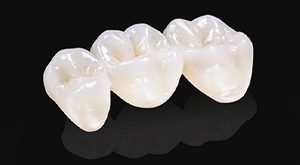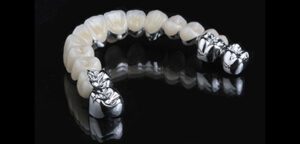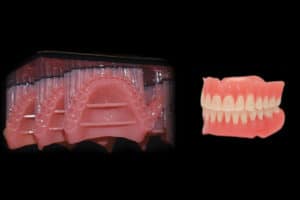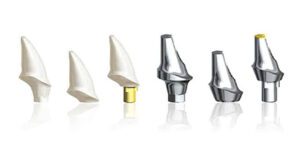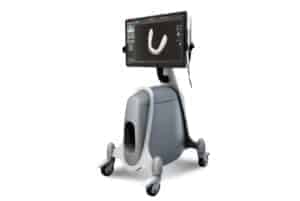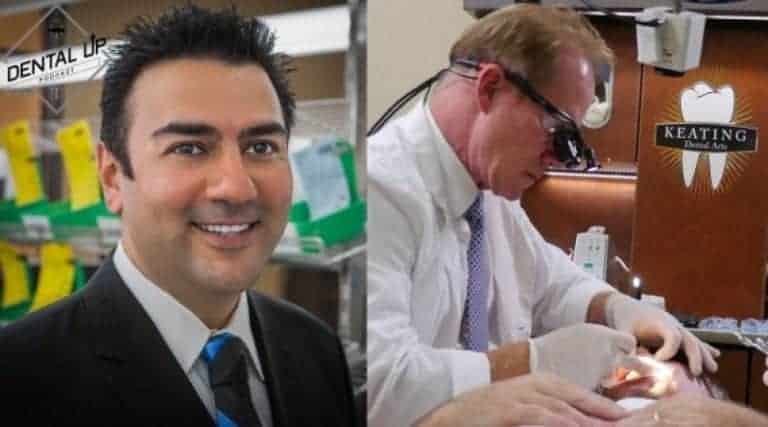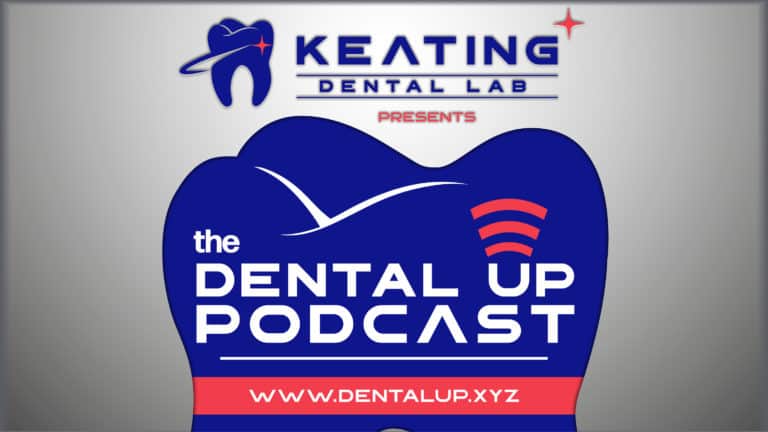All-In or Out, What to Consider When Considering Implant Placement
Featuring Maxillofacial Prosthodontist, Dr. Khatami
In this week’s Podcast, Dr. Hornbrook gets technical with San Diego native Dr. Khatami who is a Maxillofacial Prosthodontist specializing in permanent teeth or teeth in one day with the All-on-4 dental implants procedure.
There are many factors that need to be taken seriously when a patient is in need of implants and/or implant restorative work. The first being, what are your patients expectations and habits—like Dr. Khatami said, “When you do the case you’re excited and when you follow up with the case(s) the issues come up”.
Our goal in this podcast is to give you, the dentist a well-informed heads up if you will. We all know, a good experience = a happy patient and a satisfied job done.
Let’s Talk…
History
According to Dr. Khatami, the All-On-4 concept started buzzing in 2002/2003; patients were coming in and complaining that they don’t like their dentures. His first arch case took place while he was at the University of Chicago and they chose to place 4 implants. It was a mandibular case where he placed the implants and converted the denture. This was back when CT scans were new so the alternative method took longer to extract the information about the patients physical condition. And so begins Dr. Khatami’s years of implant experience with a grand total of about 1,800 completed arch cases. This blog focuses on his professional takeaway.
Patient Eligibility and Concerns
A patients journey to possible implants starts with a few questions about their already failing teeth, “Do I keep my teeth? What’s the expense of keeping my teeth? How long will I be able to keep my natural teeth?” These patients may be denture-less, partially denture-less, failing dentition, decay and /or facing periodontal disease.
As Dr. Khatami points out, implants are immediate and can yield great immediate results, but the biggest challenge is that this change is immediate for the patient and are they ready for that? Typically, these patients come in after 10, 15, 20 years of neglecting their teeth—it’s so important to get to know your patient and their desires.
According to Dr. Khatami, implants are better for patients who already have a few teeth or if they are partially denture-less or have a complete set of teeth.
For example: Speech can be a challenge after implants. Regardless, of how much they try to shrink the acrylic they may not be used to the bulk of the prosthetic in their mouth.
Note that the type of implants and arch you choose for the patient is heavily dependent on what they are coming in with—listen to the full podcast for more details and recommendations.
It’s important that your patient is given realistic expectations. In Dr. Khatami’s case he had a patient that wanted to look like Jennifer Aniston, when in fact, Aniston’s teeth would be much to big for her petite mouth and that’s where the CT scan can help you explain this. There are companies that will make a biomodel or a stereolithographic model that will help in knowing almost the exact anatomy of the patient’s jaw.
Keep in mind, there are no guarantees when an individual has diabetes or they are a smoker. The more educated your patient is on pros and cons of implants and what they can expect the better.
Hygiene
The transition from dentures to implants can be difficult for the patient, especially the more senior they are. Psychologically they like to remove their dentures, clean them and put them back in. Obviously, with implants this is not the case and the design of your prosthesis is important. In some cases, Dr. Khatami has had patients that hated this upkeep and therefore the prosthesis had to be removed and made into an over-denture.
Tips to clean implants…
Initially the patient should be very gentle with the surgical area, using a very soft toothbrush to clean the teeth and on a soft-food diet for the first two months. Then in three weeks time they will come in for their first check up, give them a water pick and from here on out they should be using an ultrasonic or rotary toothbrush in tandem. You can also suggest using mouthwash in the water pick or a small amount of peroxide.
Cost and maintenance
According to Dr. Khatami, one the biggest challenges is when there is a periodontal ligament, the patients have a sensation where their jaw is, where the closure is, etc. but no sensation of where their teeth are. It can be very frustrating for the patient when they just got their teeth and they’ve already broken—it’s important if they are having a parafunctional habit that you study it during the healing time of four months, because it could break the teeth. The occlusion will need to be adjusted accordingly and the patient needs to be educated that this is a time of study for you. Dr. Khatami gives all patients an occlusal guard. Keep in mind, the occlusal guard is to protect the teeth but bruxism and clinching can lead to breaking too. Then at about 6 months to 1 year there’s an evaluation, you clean around the teeth and educate them further if they are not taking proper hygiene steps. If there is composite, Dr. Khatami suggests removing it and sending the teeth back to the lab to refine the access holes, otherwise it could compromise the prosthesis and lead to many other issues.
Dr. Khatami’s prices range from $20k-$25K, though there are some dentists charging less and in his opinion they may not know what they are doing. In two to five years something could fail and you promised these teeth would last them a lifetime, so you need to be sure you are covering your fees.
As a dentist, you know each patient is unique, be sure to listen to the podcast in it’s entirety for more detailed case descriptions and solutions.
We leave you with a quote by Dr. Khatami, ‘Simply practicing dentistry with a high degree of technical expertise will not necessarily convince the patient that he has received high quality dental care. Practitioners should not lose sight of the human and psychological aspects of care, and keep in mind that they are integral components of quality in dental treatment’.
To discover new advancements in Digital Lab-to-Clinician Technology visit: Keatingdentallab.com/digital

